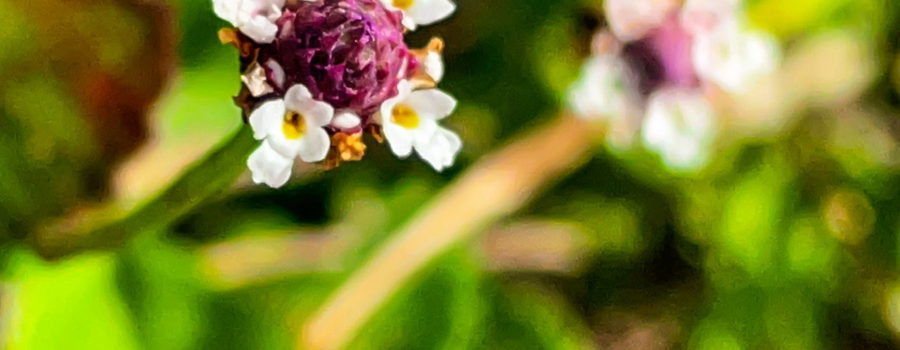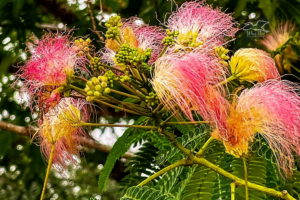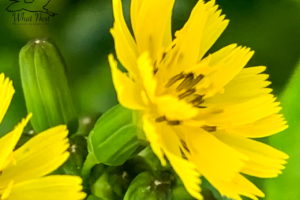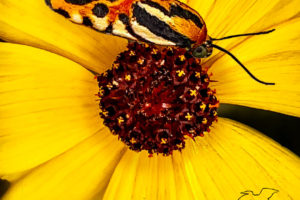Turkey Tangle: Beautiful Ground Cover or Invasive Weed?

As I sat down to write this post tonight I had it in my mind to write about one of the many wildflowers that are blooming around here right now, but when I was looking through my photos I came across some of my earliest work, which were photos of turkey tangle (also known as frogfruit, fogfruit, and capeweed among other things). I had just gotten my macro lens, and I was busy playing with learning to use it. Plants are often a good starting place for learning to use new equipment since they don’t run away or move too much (except on windy days!). I had discovered a patch of turkey tangle near our laundry room at work, and I was very taken by the beautiful purplish pink centers and the tiny, bright white flowers that surrounded those centers. I was especially taken with the details that could be spotted in those tiny flowers through that macro lens. I also loved the fact that they have a long blooming season (early spring until late fall), so as I learned new things, they were there for me to experiment with and compare results. So, to make a long story a bit shorter, I photographed the turkey tangle several times that first year. Since then, I’ve run into it on several outings, but I’ve never written about it! So tonight’s the night!

Turkey tangle is native to the northern part of South America, through Central American, and into the southern United States. It’s now found in most of the tropical and subtropical world. The reason is that turkey tangle is a very adaptable plant. It can grow in full sun to partial shade and likes clay, sandy soil, and loamy soil and it grows in moderately acidic to moderately alkaline regions. Turkey tangle prefers moist areas like the edges of bogs or swamps, but once again, it’s highly adaptable. It doesn’t grow well in extremely dry soil, but it does even grow here in the sandhills and even survives drought as long as it is already well established. This plant also can reproduce by seeds or can grow from nodes on the roots, which often allows it to outcompete other plants. Finally, turkey tangle is very happy to grow in disturbed soils or recently mowed lawns and hay fields.

In many places, turkey tangle is used as an ornamental ground cover or potted plant. Many nurseries sell the seeds or the plants, even in temperate regions. With the ease of growing this perennial, the fact that the leaves will stay green all year long (unless they freeze), the pretty flowers, and the long blooming season it’s not surprising that people find it desirable. It’s also desirable to many gardeners because of the wildlife that it attracts. The numerous small flowers on each stem and the long blooming season make turkey tangle great for many of the pollinators including bees, wasps, butterflies, moths, and hummingbirds. Songbirds, turkey, and doves will eat the seeds, and ducks and other waterfowl will eat the leaves. In addition, the plants themselves are host to the larvae (caterpillars) of several types of butterflies and moths. Even though all of this sounds wonderful, in several countries including Australia, Japan, and Spain turkey tangle is considered an invasive weed due to adaptability. It’s rapid growth and willingness to grow almost anywhere allows it to outcompete native plants and potentially damage native habitats.

So as you can see, here in it’s native habitat, this plant is a beautiful wildflower that attracts all sorts of wildlife, but in some other parts of the world it has an entirely different reputation. It’s all a matter of perspective! Are you familiar with this plant? If so, how do you see it; as a beautiful wildflower, as an amazing ornamental, or as an unwanted invader?






Recent Comments